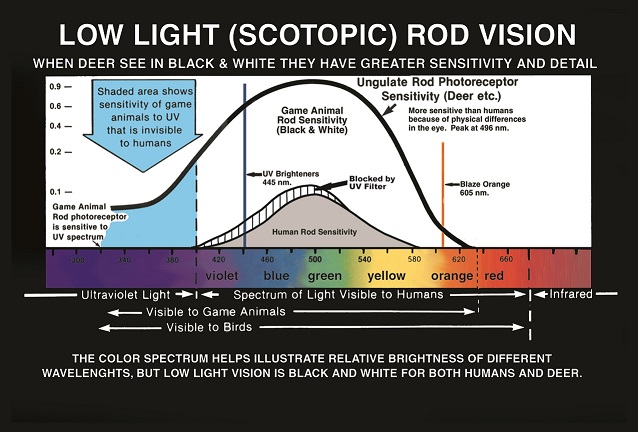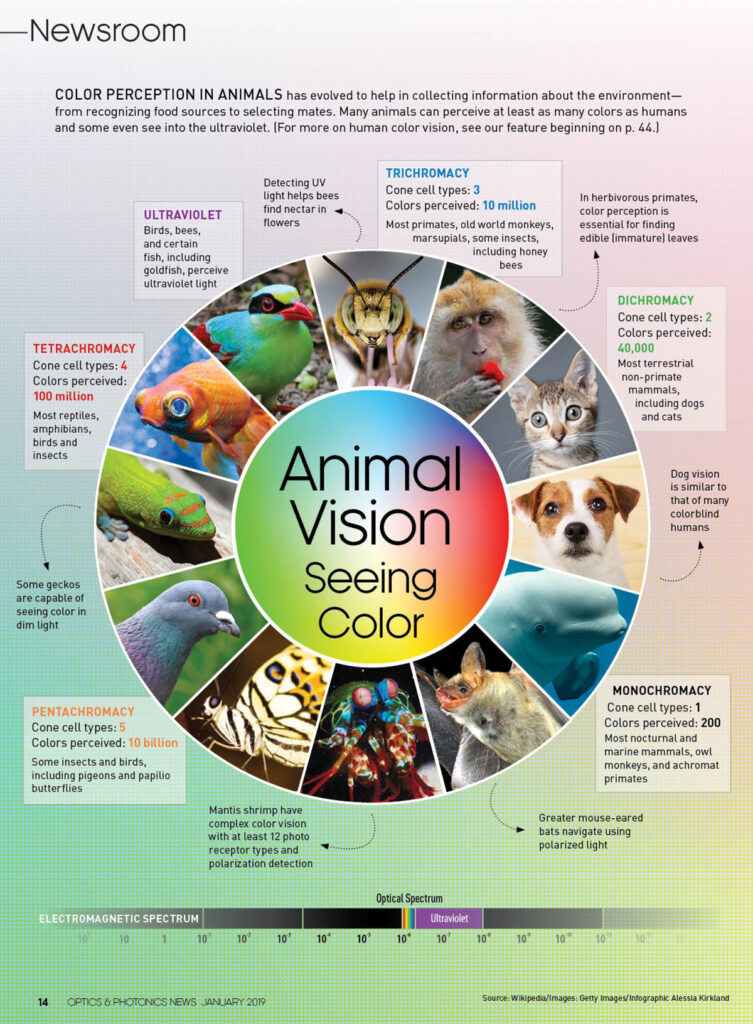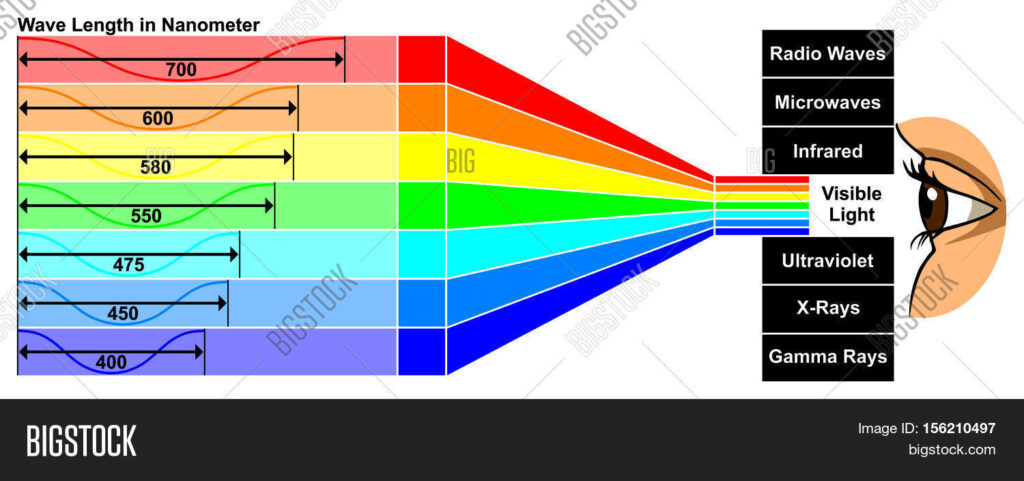Communication and Colors!
Colors in communication are used as perceptual tools that people use to communicate danger, happiness, and caution. It helps interpret identity and cultural norms. Color also helps us to establish rules. Color is a way of self expression. It functions on a physiological, psychological, cultural, and perceptual level all at the same time.
Colors in form are what make communication go beyond just words. To fall out of color is to fall out of words. The language of color is an important compliment in how people tell stories. Some are bright and cheerful, others are dark, ominous, and loaded with fear.
Color is an everyday vernacular form adding to how we communicate to one another. And it is regional and cultural. Different symbolic meanings can have stark contrasting hues. Are you a white collar worker or a blue collar worker? Do you feel you tickled pink? Are you green with envy? Have you ever been the black sheep of the family? Have you ever been caught red handed or in a white lie?
Colors have a way of using communication without words.
Associating colors with feeling and emotion is part of the vernacular. Cultural color norms have been deeply ingrained in all of us. Color language does change over time and through culture. Assigning meaning to color is not necessarily a universal thing. Black means some things in some cultures where as white means another. The universal phenomena about color is that EVERY culture uses it to communicate values, rules, and flavor to the function and form within.

Rods and Cones in our eyes are what define color.
Rods are for low level light vision – Scotopic Vision

Cones help us see the full range of color at higher levels of light. Most people have three types of cones: S-cones, M-cones, and L-cones. Each cone is sensitive to different wavelengths of light – Photopic Vision.
https://images.theconversation.com/files/58203/original/vxd47jy5-1409797907.png?ixlib=rb-1.1.0&q=45&auto=format&w=1000&fit=clip
Tetrachromacy
Tetrachromacy is the condition of possessing four independent channels for conveying color information, or possessing four different types of cone cells in the eye. Organisms with tetrachromacy are called tetrachromats.
In tetrachromatic organisms, the sensory color space is four-dimensional, meaning that to match the sensory effect of arbitrarily chosen spectra of light within their visible spectrum requires mixtures of at least four different primary colors.
Some animals have more than 4 cones…

Can you imagine how they see the world?
Eyes are the windows absorbing and/or reflecting all the color waves to different dimensions of our soul.

All colored light mixed together is white. This is additive color created by superimposing light rays.
All colors mixed together in equal ratio are black. This is subtractive color created by reflections back to the viewer.
Tints are hues with white added.
Shades are hues with black added
Hue – color name
Value – the lightness or darkness of color
Chroma – The intensity or saturation of a color; the brightness or dullness of a given hue.
The interactions of color have many crossovers…
And colors may vary…
VISION TEST: How many cones do you have in your eye? VISION TEST: How many cones do you have in your eye?
